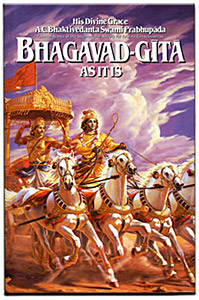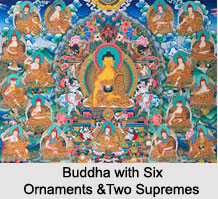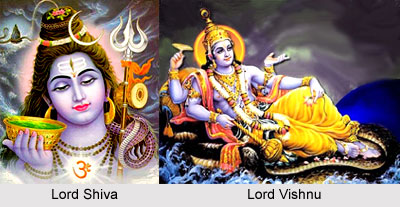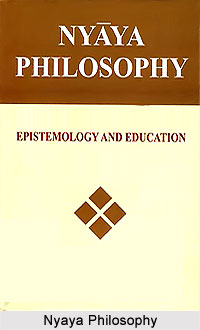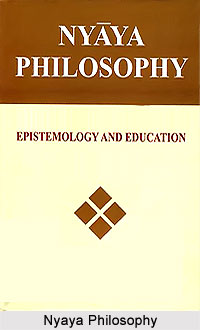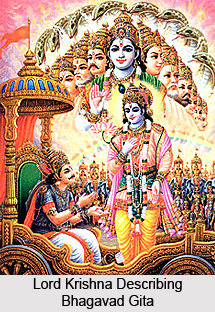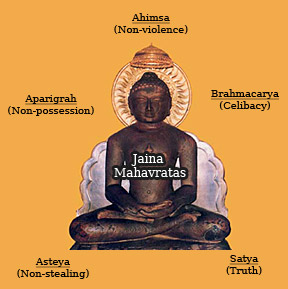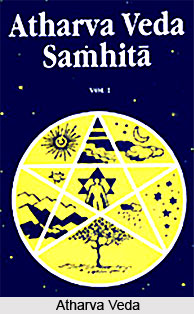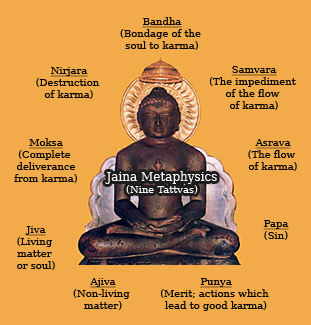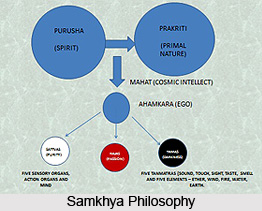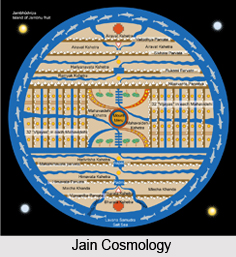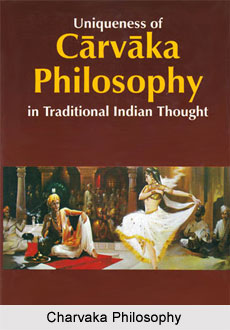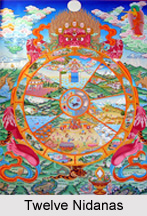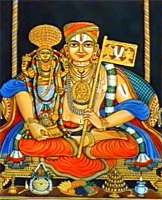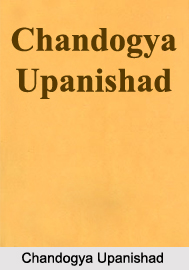 Chandogya Upanishad, ranked ninth in the Muktika canon is one of the oldest Upanishad. It has been scripted on the Vedic Brahmana period about ninth to eighth century BC. Chandogya Upanishad is related to the Sama Veda. In the Muktika canon of hundred and eight Upanishadas it has been ranked ninth. The 12th Khanda of second chapter of Chandogya Upanishad states about the meditation on the Rathantara Sama. According to it the syllable Him is the rubbing of the fire sticks, the rising of smoke is the Prastava, the burning is the Udgitha, the forming of embers the Pratihara and the going out is the Nidhana. It is the Rathantara Saman as interwoven in fire. One who is aware of this and realises the Rathantara Saman as interwoven in fire glows with the radiance of the light of Brahman. He is endowed with a good appetite and he lives his life completely. He lives contentedly, receives respect among his children and also owns cattle. He is also gets name and fame everywhere.
Chandogya Upanishad, ranked ninth in the Muktika canon is one of the oldest Upanishad. It has been scripted on the Vedic Brahmana period about ninth to eighth century BC. Chandogya Upanishad is related to the Sama Veda. In the Muktika canon of hundred and eight Upanishadas it has been ranked ninth. The 12th Khanda of second chapter of Chandogya Upanishad states about the meditation on the Rathantara Sama. According to it the syllable Him is the rubbing of the fire sticks, the rising of smoke is the Prastava, the burning is the Udgitha, the forming of embers the Pratihara and the going out is the Nidhana. It is the Rathantara Saman as interwoven in fire. One who is aware of this and realises the Rathantara Saman as interwoven in fire glows with the radiance of the light of Brahman. He is endowed with a good appetite and he lives his life completely. He lives contentedly, receives respect among his children and also owns cattle. He is also gets name and fame everywhere.
This article is a stub. You can enrich by adding more information to it. Send your Write Up to content@indianetzone.com


